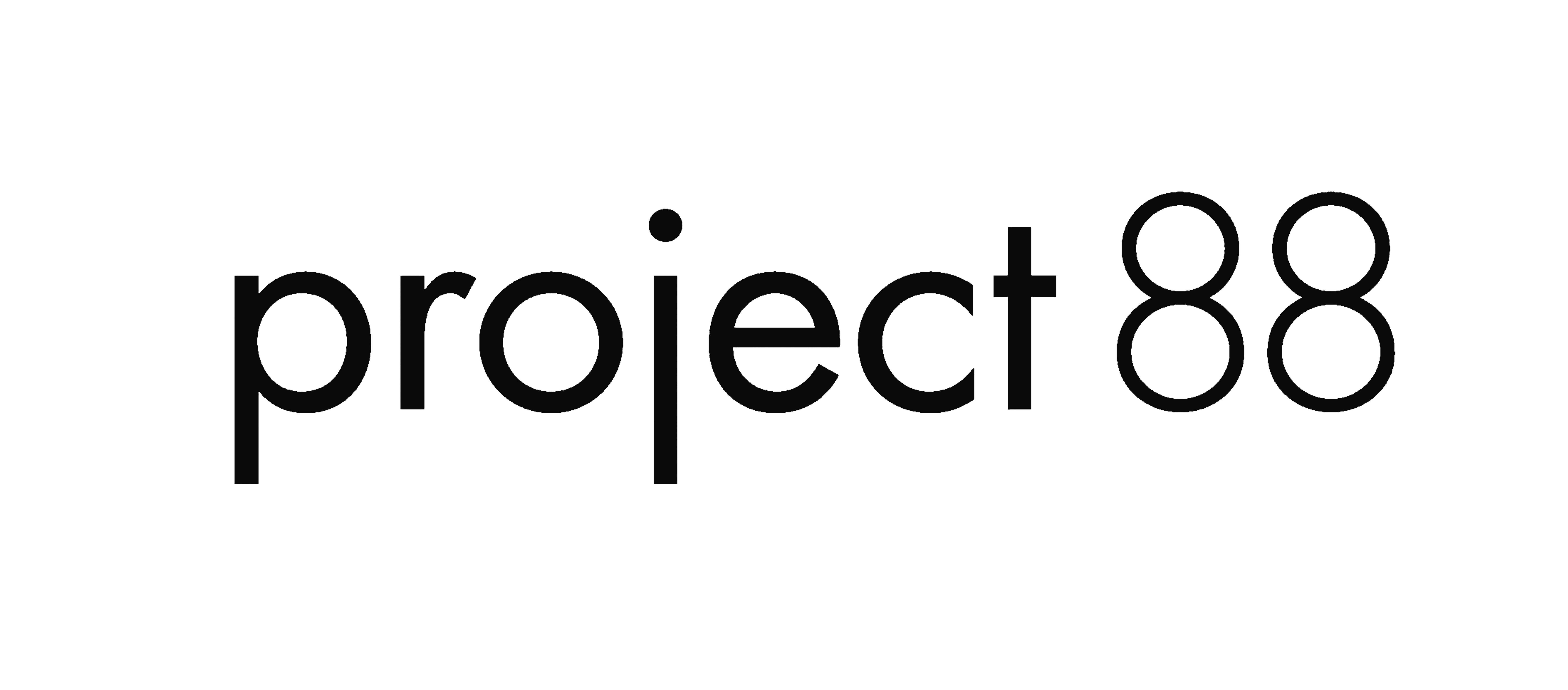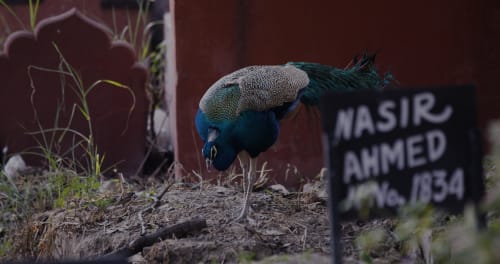"I revel in the gap. So, for me, the greatest provocation to cinematic practice is the invisible - what you cannot see. What do you do with things that have no image?" interrogates Pallavi Paul, the New Delhi and Berlin-based visual artist and film practitioner who recently became one among 13 recipients of the Asian Network of Documentary (AND) Fund for her in-process documentary film, How Love Moves (2023). A new experiment with the idea of breath, Paul's film inquisitively explores the existence of love in the face of adversity, particularly the Covid-19 pandemic and the brutal violence of the riots that wreaked havoc in New Delhi in 2020.
An artistic practice that is an entanglement of various mediums, viz. film, installation (including drawings and writing) and performance, Paul anchors her work in scholarly research. Theoretical academic training in media practices from institutions such as Jamia Milia Islamia and Jawaharlal Nehru University marks the artist's practice with a critical foundation. These are, after all, among the educational spaces that braved the suppression of dissenting voices confronting state violence with unhinged determination, proving that there's a dire need to narrate accounts of resistance.
For Paul, in How Love Moves, the Delhi Gate cemetery became this liminal space where moments of love could be found travelling amidst the dead through mourning of-and for the absent, one that is now lost. Shamim Khan, a grave keeper whose experience of burying thousands of bodies during the pandemic becomes the narrative drive in the film is also the vigilante who needs to protect these graves from vandalism.


